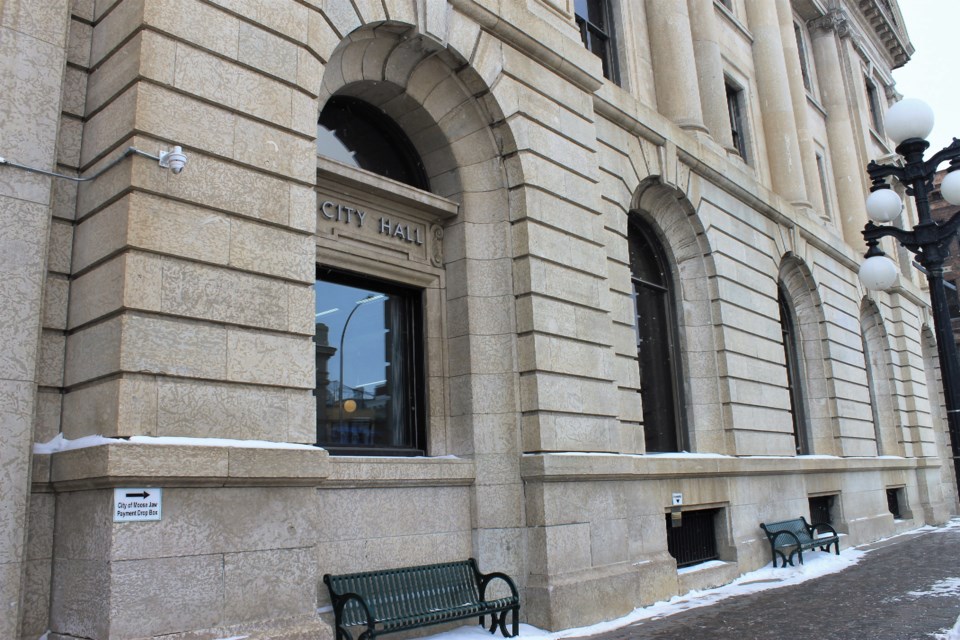City council is one step closer to setting the mill rate for this year, which is one tool it can use to levy taxes from property owners.
During its May 25 regular meeting, council gave three readings to the property tax bylaw, which would establish the municipal rates of taxation for 2020; define the classes and subclasses for taxation purposes; enumerate the mill rate factors that city hall will apply to each subclass; and exclude from the supplemental tax roll property assessments that generate less than $100 in municipal tax revenue.
It would also set a uniform tax base to contribute to the waterworks capital fund, which partially funds the cast iron water main replacement project, and indicates the taxation rates for the school divisions that the lieutenant governor in council determines.
Coun. Brian Swanson voted against each reading, which means the bylaw must return to the June 8 regular meeting for official approval.
While council changed the 2020 budget so there was a tax increase of zero per cent, there was a better way to reach that number than how council approached it, Swanson said. Furthermore, he was opposed to applying a $30 levy to all property classes — except for condos — to fund the cast-iron program, since it left the door open to future increases.
“It is a progressive tax that penalizes the lower end of the tax base in Moose Jaw,” he added.
Once council officially passes the bylaw, the mill rate factors will be:
- Residential: 0.7636
- Multi-unit residential: 0.7636
- Condo properties: 0.7636
- Commercial and industrial: 1.4236
- Golf courses: 0.4882
- Elevators: 1.3240
- Other agricultural land: 0.2785
In a report, city administration explained it did not implement a council motion that would have reduced the tax gap between residential and commercial/industrial property classes. There was a small decrease in the mill rate, which meant applying the tax sharing based upon property assessments would have resulted in the commercial/industrial class receiving less of the reduction.
Borrowing bylaw
Council gave final approval to establish an operating line of credit borrowing bylaw with a vote of 6-1; Swanson was opposed.
This bylaw allows city council to establish a $15-million operating line of credit for the municipality to pay for projects and cover any shortfalls.
Uniform rates bylaw
Council gave three readings to the uniform rates bylaw and unanimously voted in favour each time. This means the bylaw will go into effect immediately.
The bylaw now reflects current standards and practices; provides improved clarity and consistency; and ensures it aligns with other municipal bylaws and policies, such as the Boulevard Bylaw and the local improvement policy. City hall has also updated the bylaw to reflect the costs for infrastructure that might be considered for a local improvement program (LIP) for the next three years.
The LIP also establishes parameters and conditions for the use of such programs and governs what type of work is eligible, with a procedure to screen the support of property owners.
The next regular council meeting is Monday, June 8.




